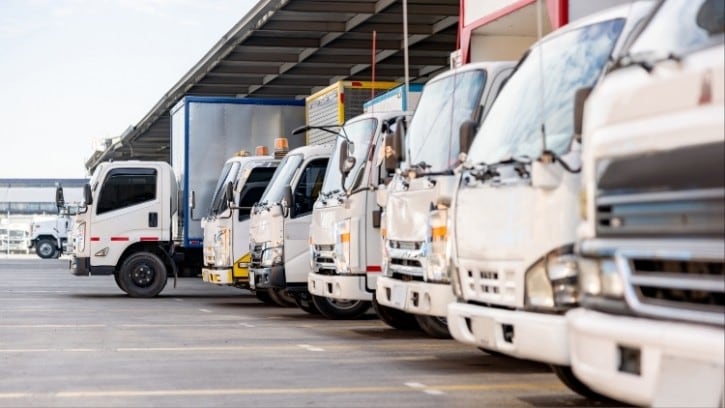According to the Office for National Statistics (ONS), HGV driver numbers in the UK fell to 266,000 between April 2023 and March 2024.
This represents a decline of more than 20,000 since before the Covid pandemic and poses a real threat to the food and drink sector, which relies on logistics providers every day.
Asked about the role of HGV drivers within F&B, Hawes said they are “critical” to its proper functioning.
“Drivers transport huge volumes of goods to businesses, distribution centres, and stores,” he told Food Manufacture.
“Big chain supermarkets rely on HGV drivers to receive their deliveries, and small businesses, such as restaurants, depend on food deliveries.
“Food deliveries must be reliable and timely due to the best-before dates on perishable items; therefore, HGV drivers are relied on to be timely and available.”
But why are the number of HGV drivers on the decline? The answer is not so simple.
“There are several reasons why hiring HGV drivers is becoming difficult,” Hawes told Food Manufacture.
“The low percentage of new drivers joining the HGV workforce shows that many are not inclined to work as HGV drivers; this could be due to UK businesses not offering incentives attractive enough to increase the workforce of LGV drivers, especially for the younger demographic.”
To earn an LGV or HGV licence, drivers need to pass up to six tests and then take additional training and tests every five years. However, many tests were postponed due to Covid.
“The Covid pandemic delayed approximately 50,000 HGV driving tests,” Hawes recalled.
"With fewer drivers taking and passing their tests, firms have been struggling to hire, which can ultimately lead to delays and complications with deliveries, which is exaggerated around busy times of the year, such as Christmas deliveries.”
Meanwhile, data from training provider HGVT shows that 55% of HGV drivers in the UK are aged between 50 and 65, and less than 2% are under 25. This represents a potential demographic disaster for the profession.
“Most drivers will be retiring in the upcoming decade which will put increased pressure on UK businesses in the coming years as the driver shortage will likely worsen,” Hawes added.
Brexit has also played a role, with ONS data showing that the number of EU nationals working as HGV drivers in the UK has declined from 43,000 in 2019 to 34,000 as of last year.
In search of a solution, Hawes believes that the UK Government needs to step in and “prioritise” measures to attract young people to the profession.
“Improving working conditions is vital to attract new employees into the workplace,” he continued.
“Investing in safe parking, safe roadside facilities, and healthy food options will improve the working conditions for drivers. Some drivers may feel isolated when driving alone for long periods, so firms offering mental health support and benefits will also improve the conditions for drivers.”
In addition to raising safety standards, Hawes argued that financial incentives should also play role: “Firms should consider offering competitive salaries and bonuses to allow for the job to be financially attractive.
“This incentive will attract new drivers, which could help to solve the issue of younger drivers not joining the HGV industry.”





